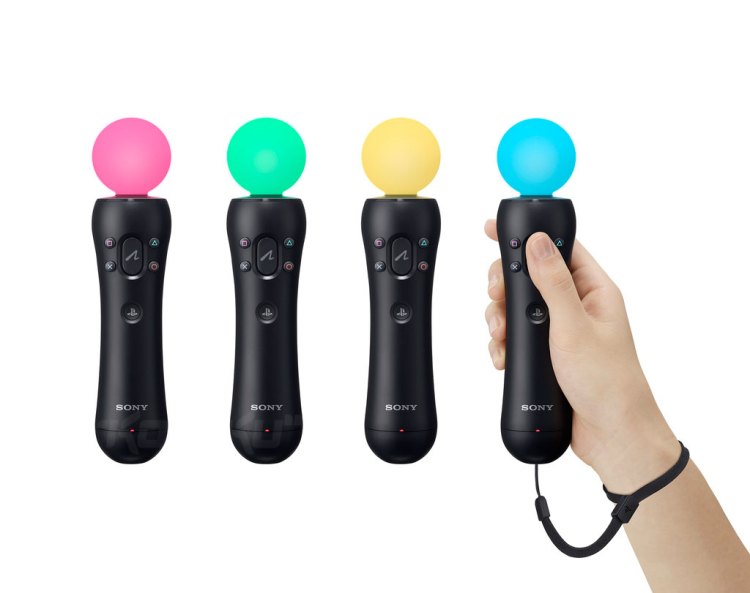Sony’s PlayStation VR has a number of advantages over its virtual reality competitors, such as lower price, ease-of-use, and brand recognition. But it also has a key weakness that could hurt it and the rest of the VR market.
The PlayStation Move controllers are creating several problems that have me worried about PlayStation VR. They are uncomfortable and unreliable, and that makes them the weakest aspect of Sony’s push into virtual reality. The Move devices, which are a pair of TV remote-like wands with light-up bulbs on the end, get the job done in a lot of circumstances, but they show their origin as a 2010 answer to the Wii Remote motion controller whenever you try to go from broad gestures to precision articulation.
The HTC Vive controllers and Oculus Touch also make the PSVR solution feel sluggish. Sony even acknowledges that Move is not ideal for every virtual reality experience. At the Electronic Entertainment Expo trade show in Los Angeles last week, it announced the Aim rifle-style controller for 1-to-1 controls in PSVR shooter Farpoint.
After going hands on with the Move-plus-PSVR combination multiple times at E3 last week, I can’t stop thinking about how lackluster Sony’s motion controllers feel compared to what HTC and Oculus are bringing. Let me share my concerns with you.
PlayStation Move loses tracking and calibration
I’ve had the HTC Vive in my house for several months now, and I’ve started to realize that the wand controllers that come with the device set this VR system apart. They calibrate once during a setup process, and they never need calibration again unless you move one of the two tracking stations or change around your room. Vive’s controllers do freak out at times, but it’s rare. I only get that because I have my Xbox One’s Kinect on or a security camera with an infrared light blasting into the room. Otherwise, the Vive’s controllers are the strongest tools that game developers use to keep me tethered to their virtual worlds.
I cannot say the same for PlayStation Move.
Sony released Move in 2010 for the PlayStation 3 in an effort to battle Nintendo’s Wii and its trendy motion controls. It uses a camera to track the position of a colorful bulb on the end of the Move sticks in 3D space. That same technology is what powers Move for PSVR (it also enables the PS4 to track the light on a DualShock 4 and even the position of VR headset itself). Sony has updated this with a new camera specifically for PS4, but the underlying technology — at least when it comes to Move — is old.
Batman: Arkham VR required me to calibrate my weapons. In one challenge, I threw my batarangs at a target, and it didn’t matter how I threw them — they always went straight to the target. It came across like developer Rocksteady wanted to understand my “batarang throwing movements” for future reference, but it also didn’t trust the Move enough to give me 1-to-1 control in combat.
Final Fantasy XV VR, which I played right after Batman, emphasized why a developer like Rocksteady might not trust Move. In this Square Enix experience, which is nothing more than a shooting gallery, the real-world Move and my in-game gun never synced up. I would point directly my target, a Behemoth (one of the classic monsters from the series), and my gun would fire up and to the right.
All of this is in contrast to the VR FunHouse game I played with the Vive at Nvidia’s E3 booth. That let me juggle objects and shoot my weapons with really satisfying one-to-one physics.
This inaccuracy is worrisome.

